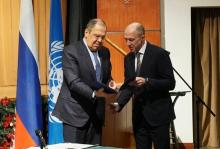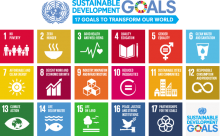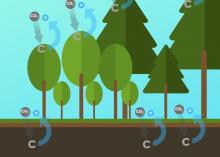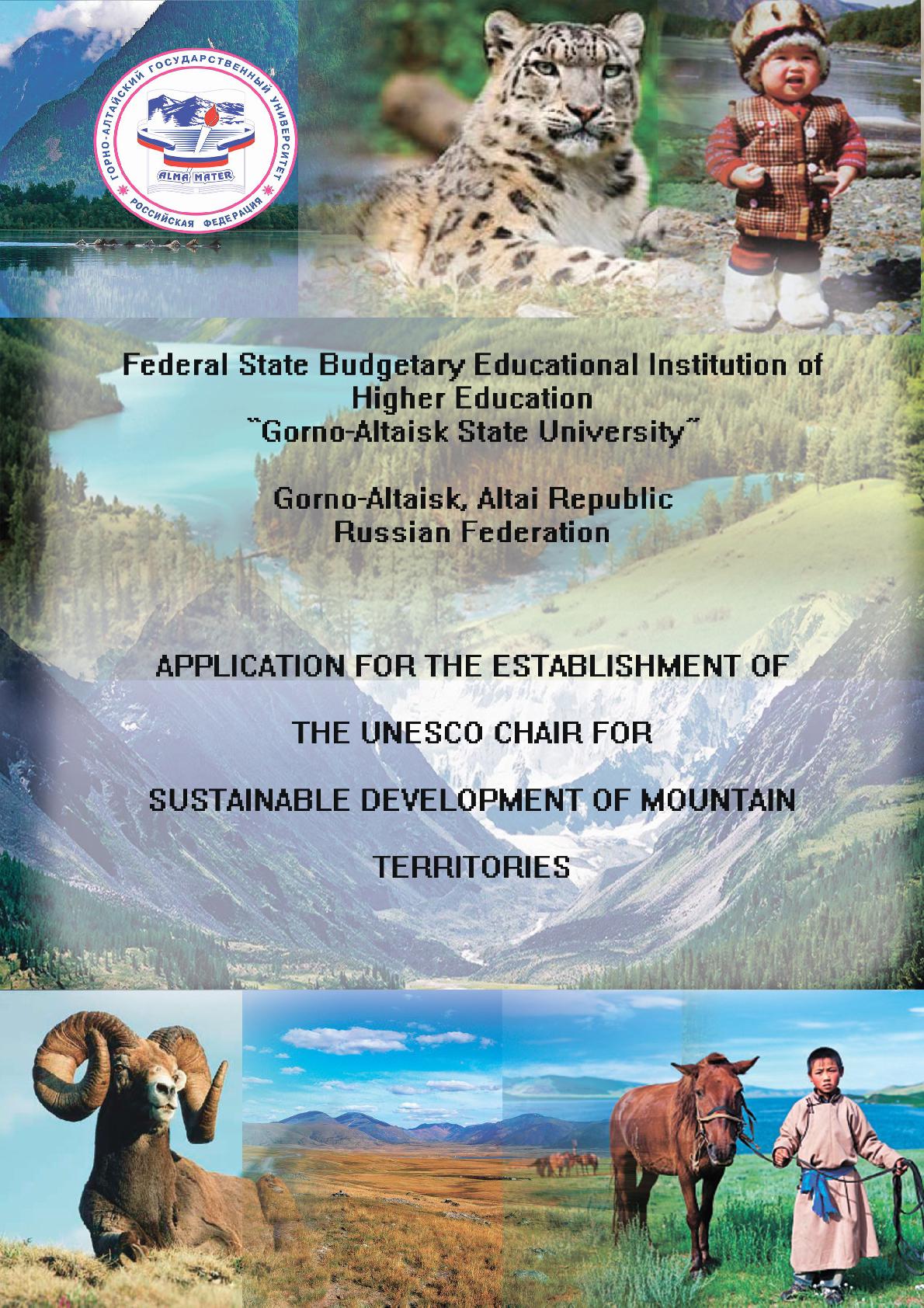The UNESCO Chair for Sustainable Development of Mountain Territories has been established at Gorno-Altaisk State University
The Minister of Foreign Affairs of the Russian Federation, Chairman of the Commission of the Russian Federation for UNESCO Sergei Lavrov officially passed the Agreement on establishing the UNESCO Chair for Sustainable Development of Mountain Territories at Gorno-Altaisk State University to the Head of the Altai Republic Oleg Khorokhordin.








 The UNESCO has approved the establishment of a UNESCO Chair for Sustainable Development of Mountain Territories at Gorno-Altaisk State University. The official agreement is expected to be signed by the end of 2021.
The UNESCO has approved the establishment of a UNESCO Chair for Sustainable Development of Mountain Territories at Gorno-Altaisk State University. The official agreement is expected to be signed by the end of 2021. 
